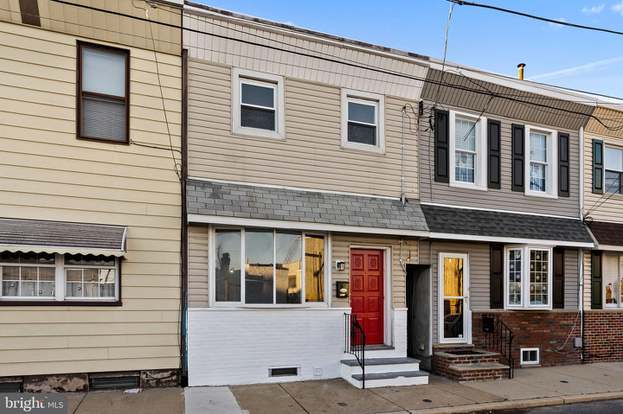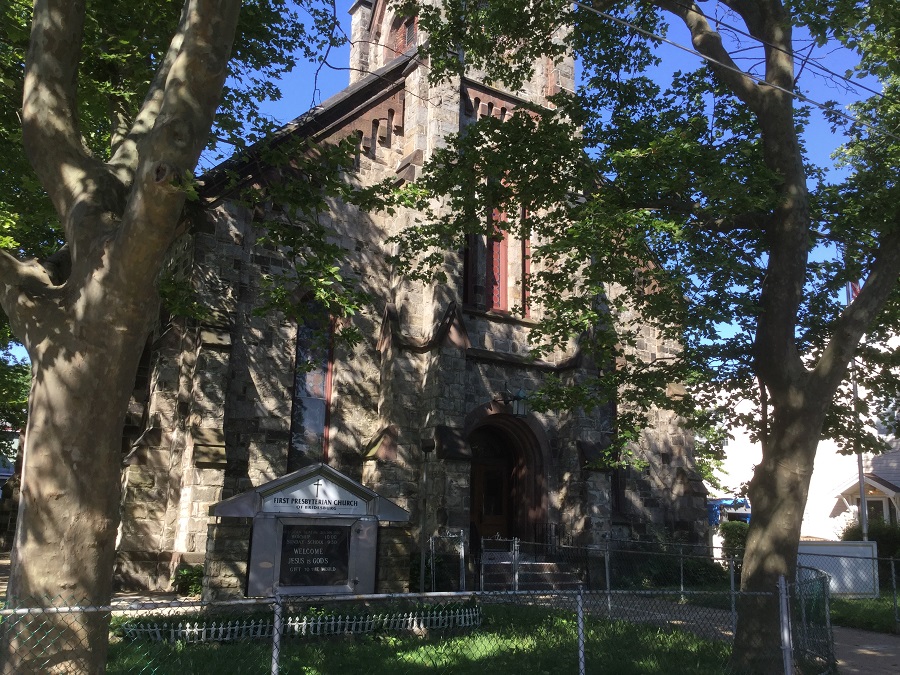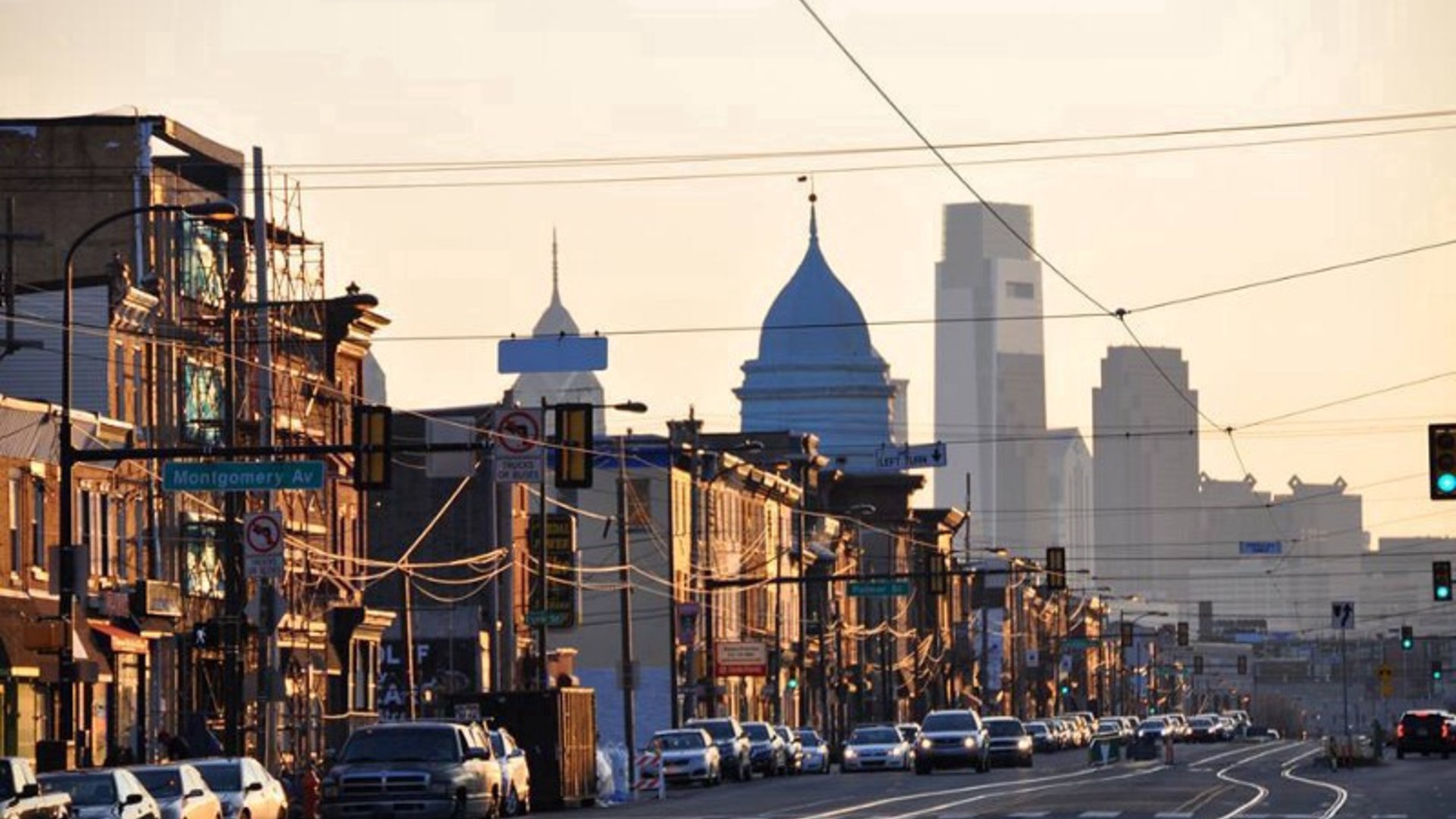Bridesburg: A Gem In Philadelphia
Bridesburg is a vibrant and historic neighborhood located in the River Wards section of Philadelphia. This neighborhood, known for its German and Irish roots, is also home to a significant Polish community. As the northernmost neighborhood of Philadelphia, the area offers a unique blend of history, community, and cultural diversity.
Historical Overview
Pre-European Settlement
Long before the European settlers arrived, the Lenni Lenape Indians were the original residents of the area that is now known as Bridesburg. The first European to explore this region was the renowned explorer, Henry Hudson, who arrived in 1609.
New Sweden
In 1638, the Swedes purchased the land east of the Delaware River from the native Indians, establishing a settlement they called New Sweden. The Swedes and Indians cohabited peacefully, and by 1645, the Swedish influence had extended to the northeast of modern-day Philadelphia. In 1647, the Dutch arrived, but it was not until William Penn and the English settlers arrived in the 1680s that the area began to develop significantly. Germans started settling in the area, particularly in Bridesburg and Frankford, after 1750.
From a Borough to a Neighborhood

Bridesburg’s journey began in the 19th century as a tract of land that formerly belonged to Point-no-Point. It derived its name from Joseph Kirkbride, who owned land there and ran a ferry over Frankford Creek. In 1811, the legislature granted him the right to build a bridge over the creek and collect tolls.
On April 1, 1848, the area was incorporated as a borough, and in 1854, it was annexed to the city of Philadelphia.
Geography and Boundaries
The historic boundaries of Bridesburg encompass the original course of the Frankford Creek around the south and west, the Delaware River to the southeast, and Port Richmond to the southwest.
The present-day physical boundaries of the area are Bridge Street to the north, Aramingo Avenue and I-95 to the northwest, Frankford Creek to the south, and the Delaware River to the east. The 19137 ZIP Code, of which Bridesburg forms the major part, extends southwest as far as Castor Avenue.
Population and Demographics
According to the 2010 Census, the area had a population of 8,638. The ethnic composition of the area was predominantly white, making up 90% of the population, followed by Hispanic (5.5%), Black or African-American (1.9%), Asian (0.6%), and other or mixed races (2%).
Landmarks and Notable Locations

The neighborhood houses several landmarks and notable locations, such as:
- Betsy Ross Bridge
- Bridesburg Recreation Center
- Most Holy Redeemer Cemetery
- Dow Chemical Company
- AdvanSix Phenol Plant
- Historic Bridesburg School
Churches
Given its size, Bridesburg houses many churches, including:
- All Saints Roman Catholic Church
- Bridesburg Emanuel United Church of Christ
- Bridesburg Methodist Episcopal Church
- First Presbyterian Church of Bridesburg
- Grace Baptist Church of Bridesburg
- St. John Cantius Roman Catholic Church
Education
The School District of Philadelphia operates Bridesburg Elementary School, which serves elementary school students. Residents are also zoned to Warren G. Harding Middle School and Frankford High School.
Government and Infrastructure
The United States Post Office operates the Bridesburg Post Office at 2734 Orthodox Street.
Public Transportation
Several SEPTA bus routes service the neighborhood, including routes 25, 73, J, and 84. The Bridesburg station of the Trenton Line of SEPTA Regional Rail is also located in the neighborhood.
This Philadelphia Neighborhood, with its deep historical roots and vibrant community, is a hidden gem in Philadelphia. From its diverse population to its rich history and infrastructure, Bridesburg is a neighborhood that continues to flourish.
